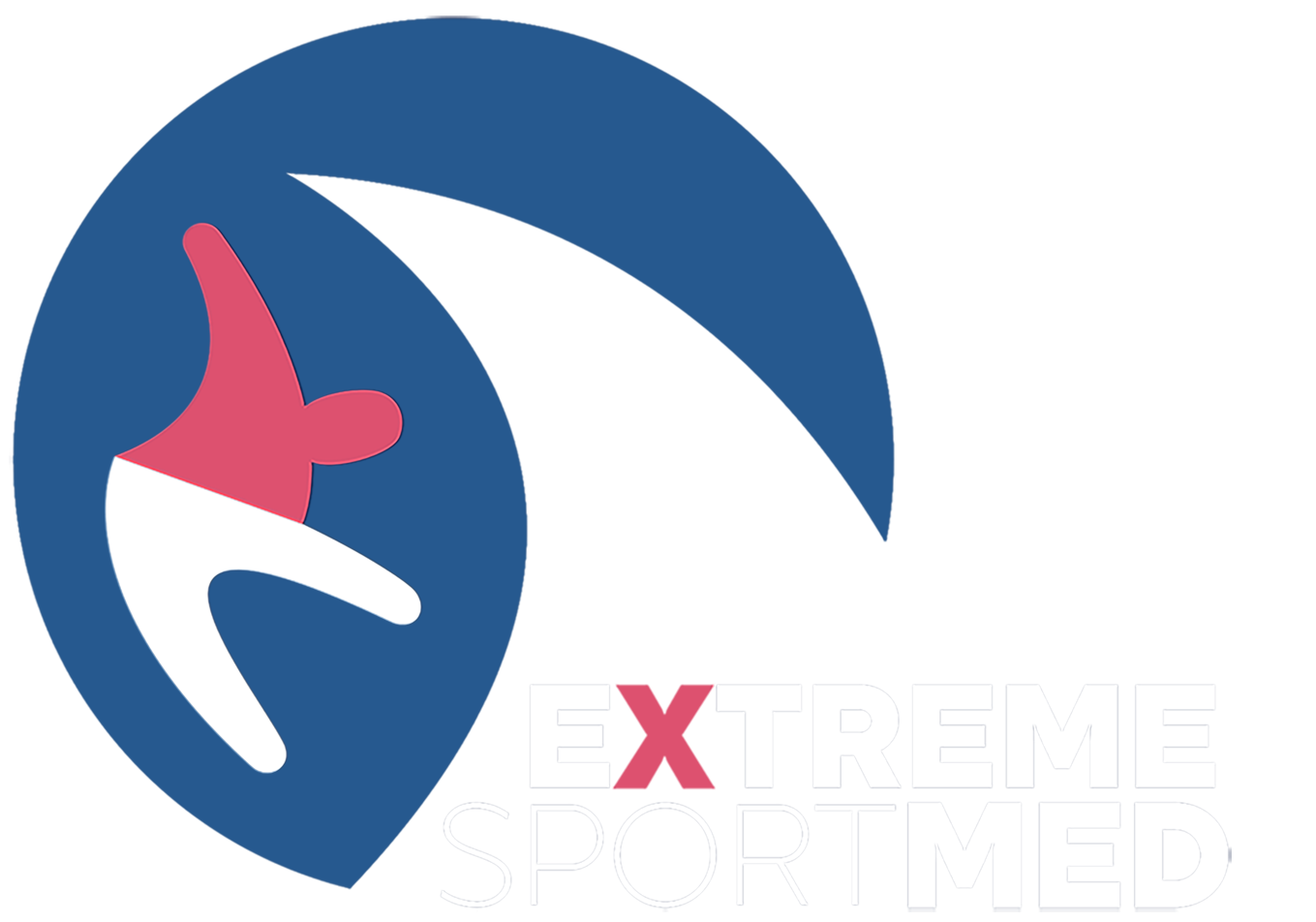A. Patton1,2,3, A. S. McIntosh4,5, B. E. Hagel2,6,7,8, T. Krosshaug1
1 Oslo Sports Trauma Research Centre (OSTRC), Norwegian School of Sports Sciences, Oslo, Norway
2 Sport Injury Prevention Research Centre (SIPRC), University of Calgary, Calgary, AB, Canada
3 Center for Injury Research and Prevention, Children’s Hospital of Philadelphia, Philadelphia, PA, United States
4 School of Engineering and ACRISP, Edith Cowan University, Joondalup, WA, Australia
5 McIntosh Consultancy and Research, Cremorne, NSW, Australia
6 Departments of Pediatrics and Community Health Sciences, Cumming School of Medicine, University of Calgary, Calgary, AB, Canada
7 Alberta Children’s Hospital Research Institute, University of Calgary, Calgary, AB, Canada
8 O’Brien Institute for Public Health, University of Calgary, Calgary, AB, Canada
SUMMARY
Background. Skiing and snowboarding are popular competitive and recreational sports with associated head injury risks from impact hazards. Understanding head injury hazards and risks in snow sports can inform injury prevention measures, such as helmets, education and environment design of runs and terrain park features, to manage injury risk. Aim. To identify and discuss (a) the proportion and incidence of head injuries and effectiveness of helmets, (b) circumstances, situational events and characteristics of head injuries and (c) head impact biomechanics in recreational skiing and snowboard- ing. Methods. A narrative literature review was performed. Results. Head injuries comprise up to 38% and 29% of all injuries in skiing and snowboarding, respectively. Skull fractures were found to comprise nearly half of all moderate to severe head injuries in alpine sports across all studies. The most common intracranial injury in skiing and snowboarding was cerebral contusion and subdural haematoma, respectively. Fatal head injuries in skiing are rare with an incidence of approximately one death per one million skier-visits and less than 1% of all skiing head injuries resulted in death. The majority of head injuries were sustained by novice and intermediate level skiers and snowboarders during falls on mild or moderate gradi- ent slopes. Head injury cases occurred in terrain parks were more common in snow- boarders than skiers. Fall-related head injuries to skiers are typically in the forward direction with an impact to the front of the head, whereas snowboarders fall rearward and impact the occipital region. Helmet use has increased in recent years, but recent studies have observed an unexpected reduction of the protective effect of helmets in skiing and snowboarding. Alpine sports helmet standards require linear drops onto rigid anvils, but the correlation with snow surfaces is unknown and no helmet standard requires an oblique impact test. Significant protective effects of helmets have been found for collisions and falls onto hard snow.
Conclusions. Alpine sport helmet performance standards should more closely reflect the boundary conditions of impacts to skiers and snowboarders associated with head injury. Administrative and engineering controls may also reduce the risk of head injury in skiing and snowboarding.
KEY WORDS: Head injury; helmet; impact biomechanics; skiing; snowboarding; snow sports
